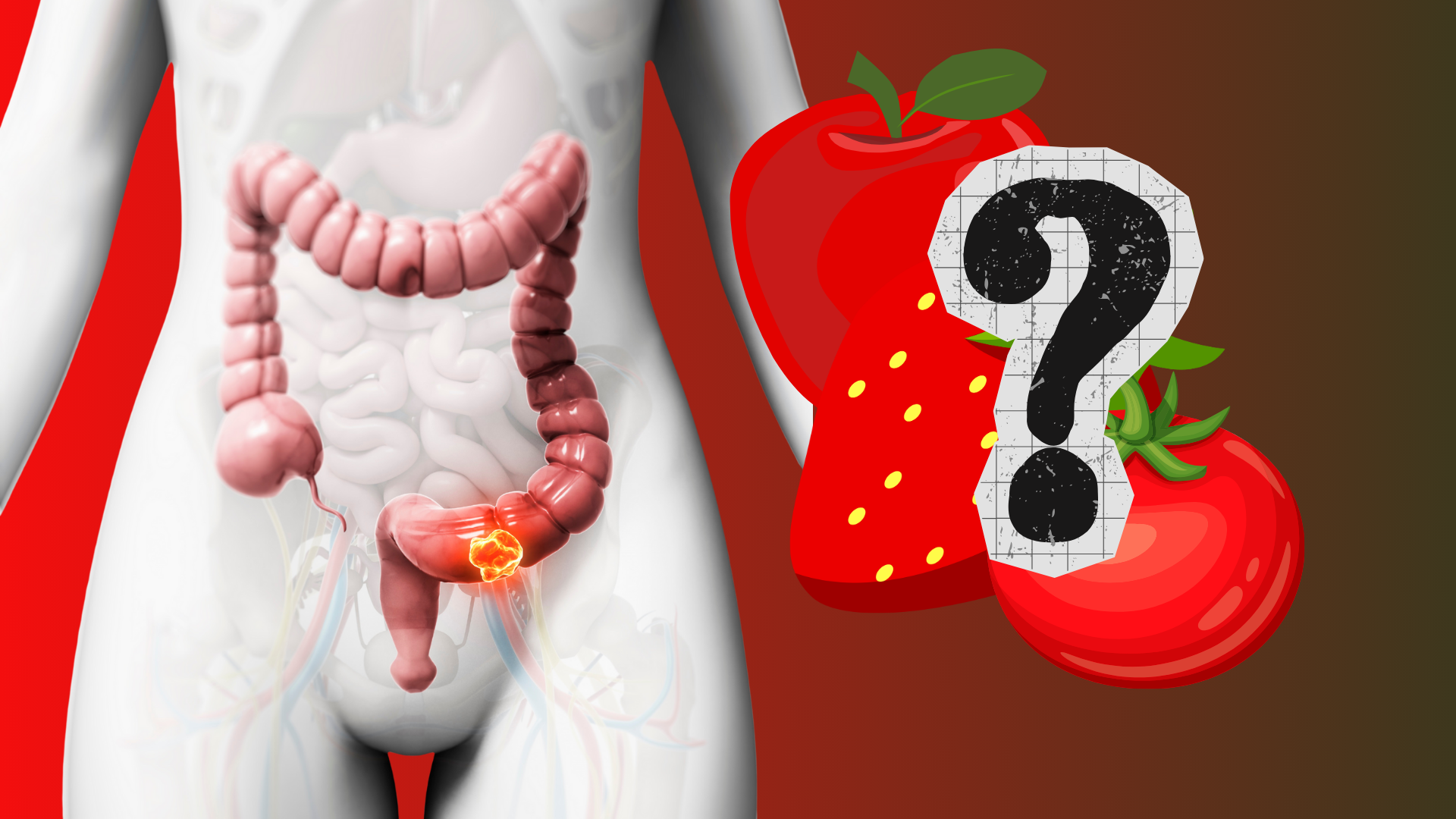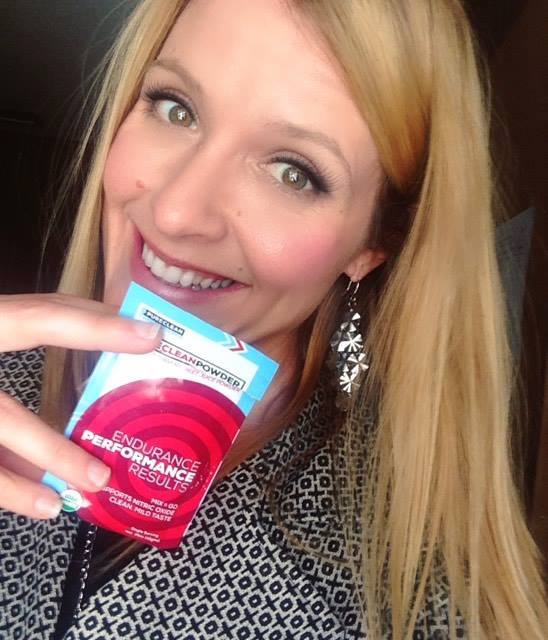
What your TONGUE says about your HEALTH
Have you ever looked in the mirror and stuck your tongue out—not to be silly, but to check on your health? Believe it or not, your tongue can offer important clues about what’s going on inside your body.
From vitamin deficiencies to infections, and even signs of diabetes, this little muscle is more revealing than most people realize.
Let’s start with the basics: a healthy tongue should be pink, moist, and covered with tiny bumps called papillae. But when things go off track, your tongue may be one of the first places to show it.
If your tongue looks pale, it could be a sign of iron deficiency anemia. This happens when your body doesn’t have enough red blood cells to carry oxygen efficiently. Along with the pale appearance, you might feel tired, short of breath, or dizzy. Sometimes the tongue also feels sore or unusually smooth.
On the other hand, a bright red tongue might signal a vitamin B12 or folate deficiency. These vitamins are essential for nerve and blood cell function, and without them, the tongue may become swollen, tender, or unusually slick. If you’re over 60, your ability to absorb B12 naturally decreases, so it’s something to keep an eye on.
Now let’s talk about white patches or coating. If your tongue looks like it has a thick white layer, especially if it can’t be brushed off, it might be oral thrush—a yeast infection commonly seen in people with weakened immune systems, diabetes, or those who use inhaled steroids. In contrast, a thin white coating that you can brush off may simply be due to poor oral hygiene or dry mouth, especially common in older adults.
A cracked or fissured tongue—those grooves running across the surface—can be perfectly normal and harmless in many people. But if it’s accompanied by burning, pain, or swelling, especially after eating spicy or acidic foods, it might indicate geographic tongue or even Sjogren’s syndrome, an autoimmune condition that affects moisture-producing glands.
One of the most concerning signs is a persistent sore or ulcer on the tongue that doesn’t heal in a week or two. This could be a red flag for oral cancer, especially if you also notice numbness, a lump in the neck, or unexplained bleeding. It’s important to get any sore spot checked by a doctor or dentist if it lingers.
Another thing to watch for is a burning or tingling sensation, sometimes called burning mouth syndrome. This is more common in postmenopausal women and may be linked to nerve damage, hormonal changes, or even chronic stress.
If your tongue looks swollen, it might point to allergies, hypothyroidism, or even side effects from certain blood pressure or heart medications. And a tongue that feels dry or sticky could indicate dehydration or poor saliva production, which is not uncommon with age or certain medications.
A black or brown tongue, while alarming to look at, is usually harmless and caused by bacteria, smoking, or poor oral hygiene. It can also appear in people who’ve taken antibiotics or used antiseptic mouthwashes for an extended period. The fix is usually simple—better brushing, more water, and good oral care.
And if your tongue is smooth and glossy, it may reflect a lack of iron, B12, or protein, or even an underlying gastrointestinal issue that affects nutrient absorption.
In short, your tongue is like a mirror to your internal health. It can’t diagnose disease on its own—but when combined with other symptoms, it can give you and your doctor important clues about what’s really going on inside your body.
What Your Tongue Says About Systemic Diseases
Your tongue doesn’t just hint at nutritional deficiencies or local infections—it can also offer warning signs of more serious systemic conditions. Let’s take a closer look at a few.
First up is diabetes. People with diabetes often experience a dry mouth and a burning tongue, especially if their blood sugar levels are poorly controlled. High glucose levels in saliva can also create the perfect environment for yeast infections like oral thrush. If you notice white patches on your tongue that don’t go away or increased dryness and burning sensations, it’s worth getting your blood sugar checked.
Some people with diabetes may also develop something called “diabetic tongue”—where the tongue appears swollen, red, and smooth. It’s not a formal medical term, but it reflects the real oral complications that diabetes can bring, including increased susceptibility to infections and delayed healing.
Now, let’s talk about heart disease. While less direct, researchers have found a link between poor oral health and cardiovascular problems. A coated tongue, gum disease, and inflammation in the mouth may increase the risk of inflammation in the blood vessels, which plays a role in heart conditions. In fact, bad breath, a swollen tongue, and inflamed gums can sometimes be early markers of chronic inflammation throughout the body.
Liver disease can also show up on the tongue. In some people, the tongue may appear bright red or even purplish, especially in advanced cases of cirrhosis or hepatitis. It might be accompanied by a bitter taste in the mouth or yellowish buildup on the tongue and gums. These signs are sometimes dismissed as minor, but they could reflect poor liver function and should be evaluated if persistent.
And during the COVID-19 pandemic, doctors began reporting unusual symptoms involving the tongue. Some patients experienced what’s now referred to as “COVID tongue”—where the tongue appeared swollen, patchy, or covered in ulcers. Others reported a loss of taste or a burning sensation. These symptoms might persist even after other COVID symptoms fade, and they serve as another example of how your tongue can act like a signal flare for deeper imbalances in the body.
Lastly, autoimmune diseases like Lupus or Sjögren’s syndrome can dramatically affect the mouth and tongue. In Sjögren’s, dry mouth is common due to reduced saliva production, which can make the tongue feel rough, cracked, or sticky. Lupus can cause red or white patches on the tongue, or even painful ulcers.
Your tongue is connected to far more than just your teeth and gums. It’s one of the few visible parts of your body that gives you direct clues about what’s going on inside—sometimes even before blood tests or scans do.
So don’t overlook it. A quick glance in the mirror could give you a head start in spotting something early, whether it’s a nutritional gap, a sign of poor blood sugar control, or even a marker for systemic inflammation.
So the next time you brush your teeth, take an extra few seconds to check your tongue. If you see something unusual—changes in color, texture, or sensation—don’t ignore it. Your body might be trying to tell you something.









